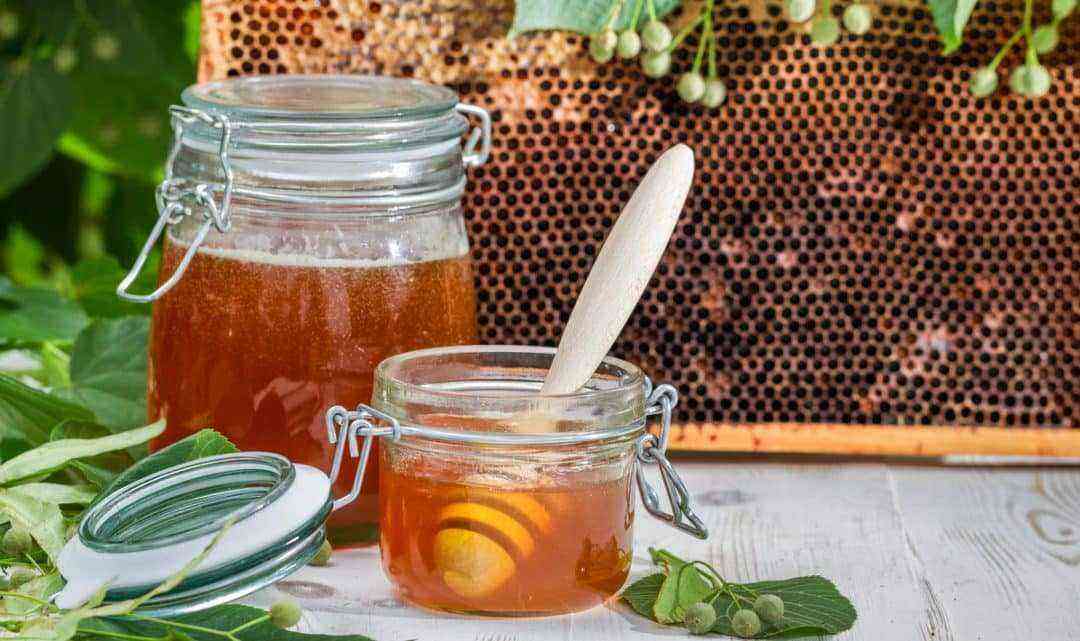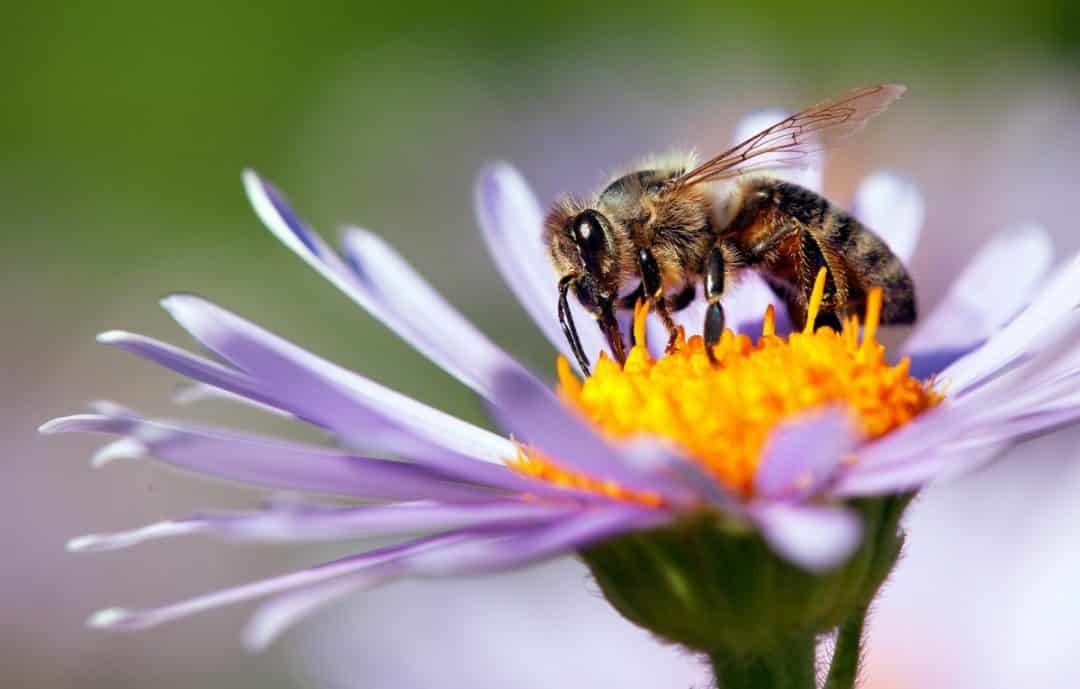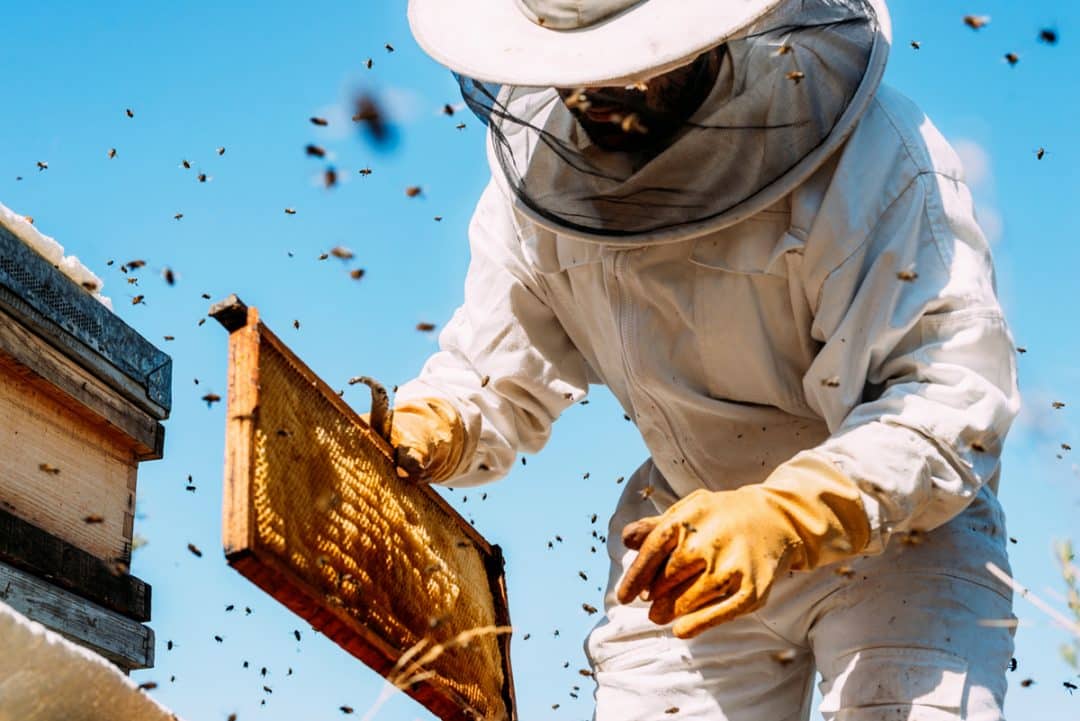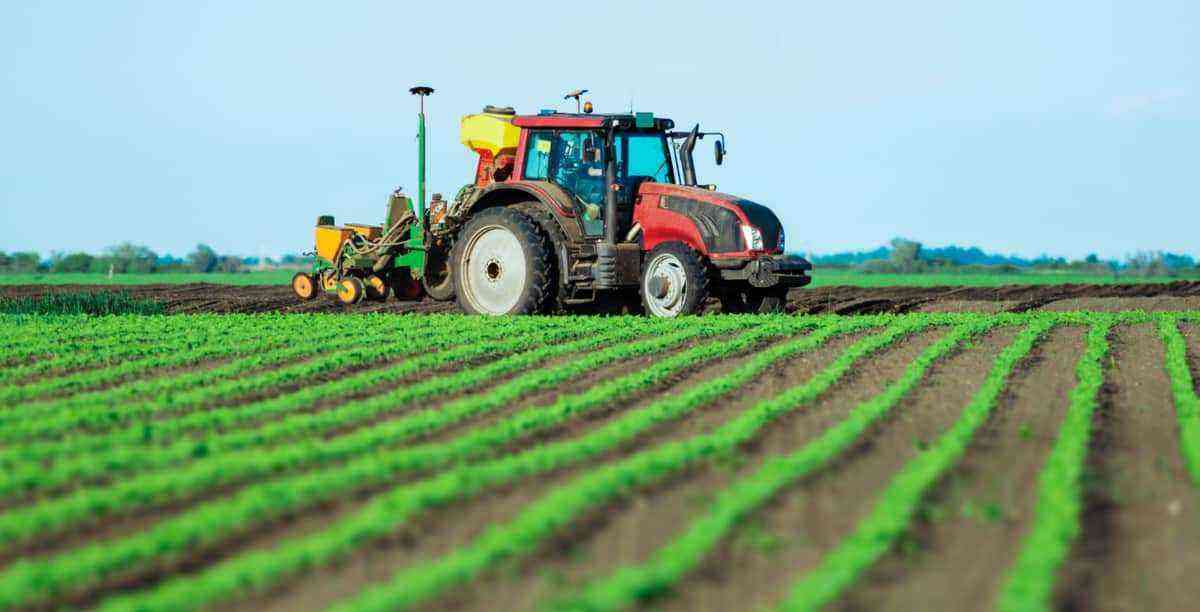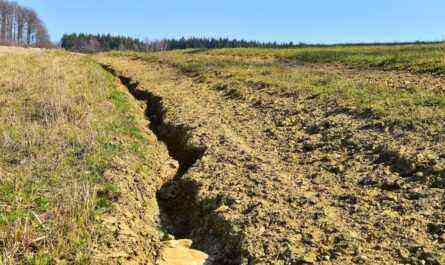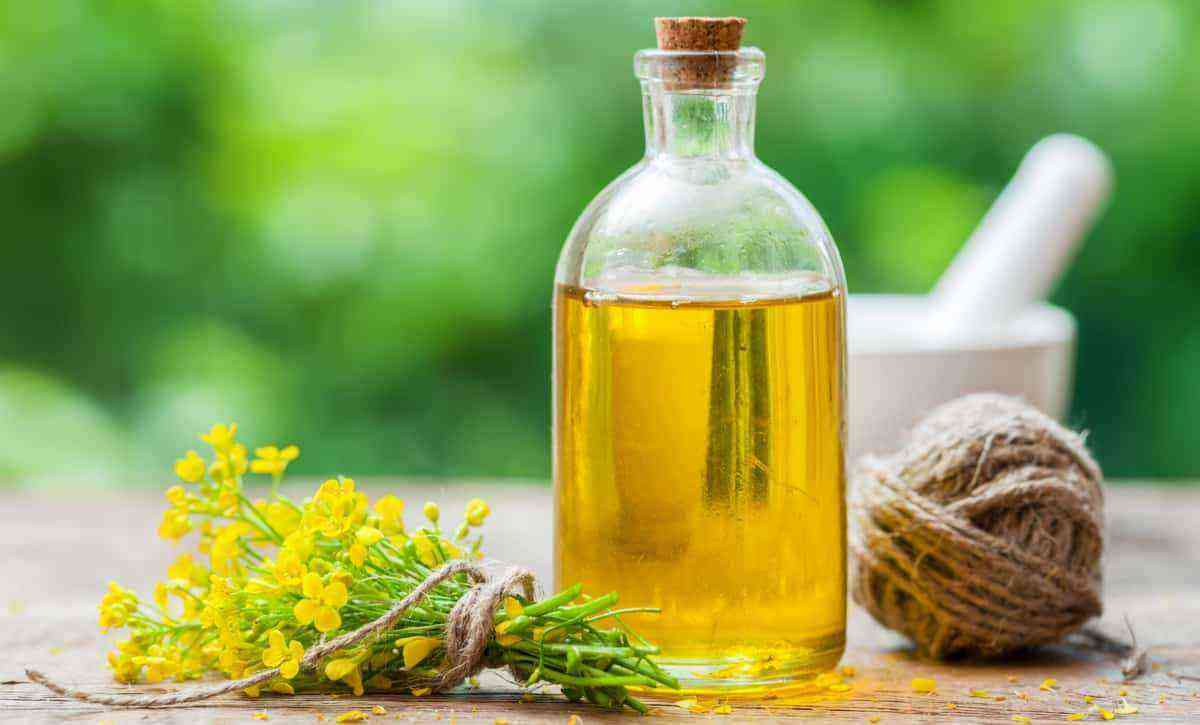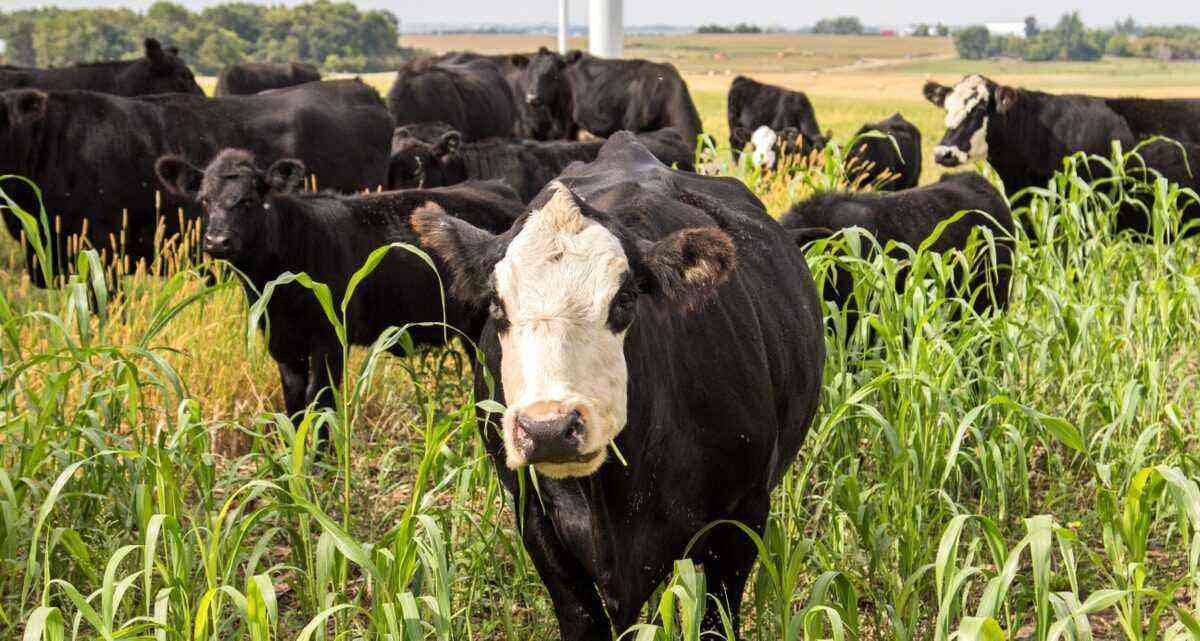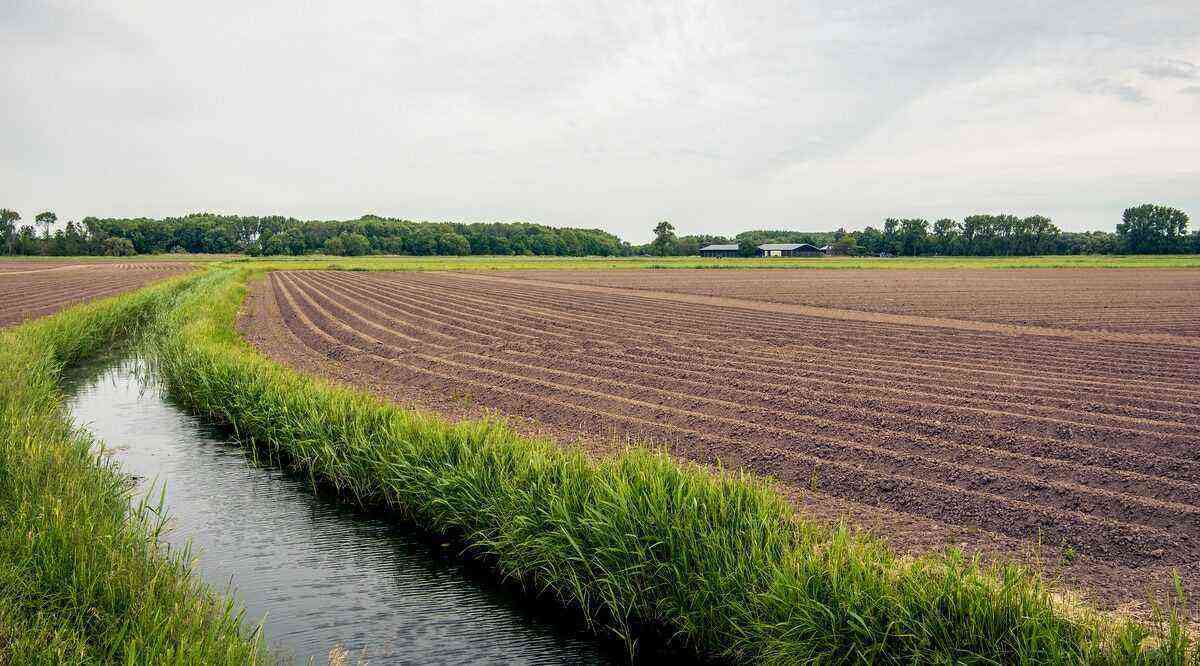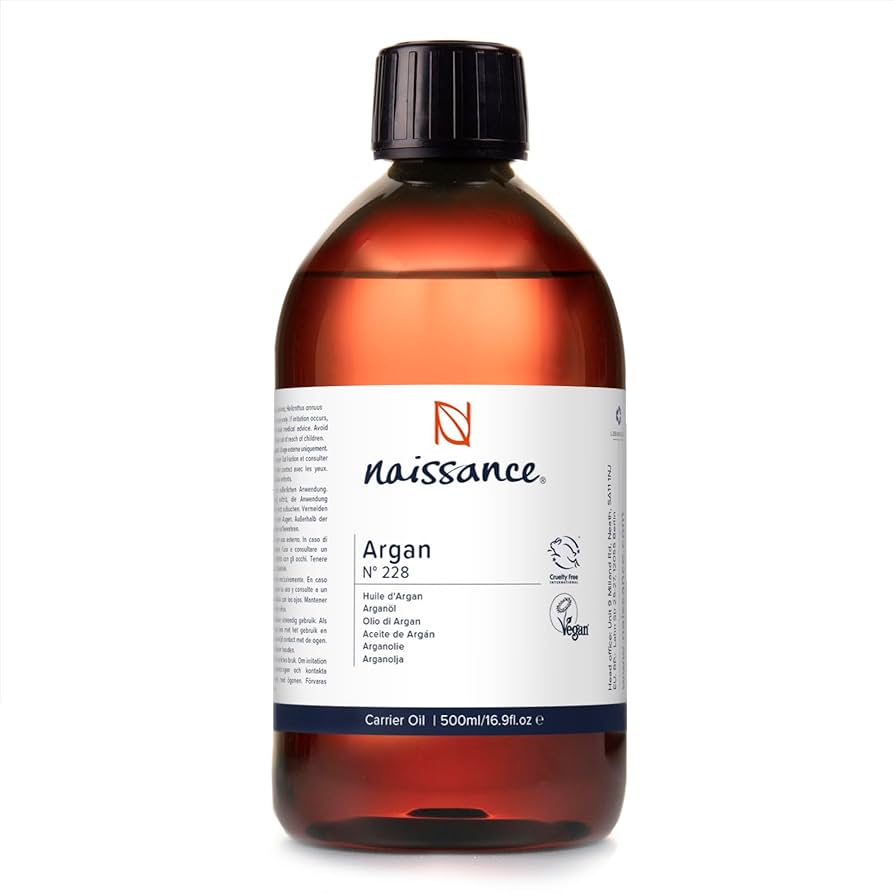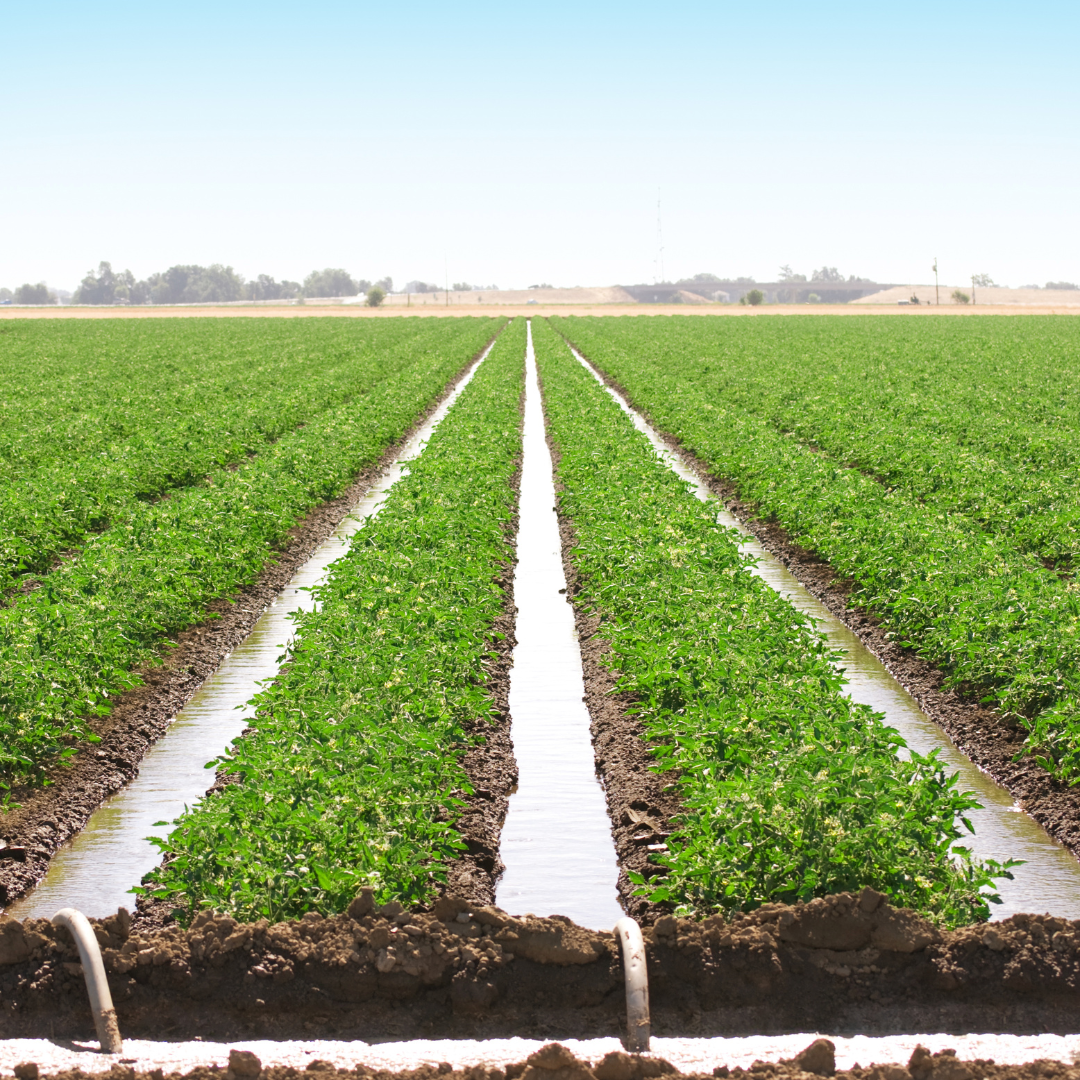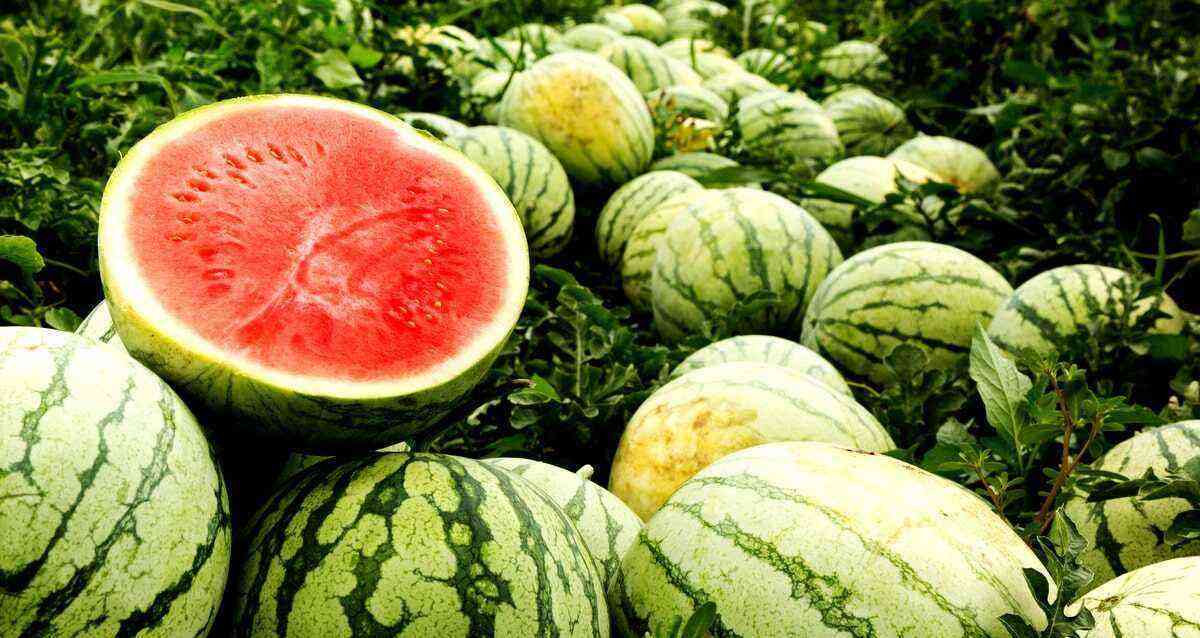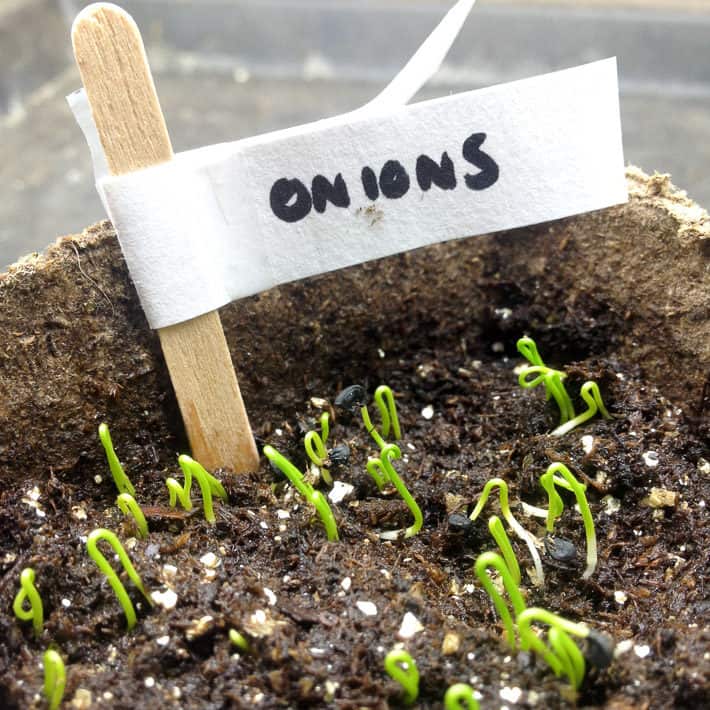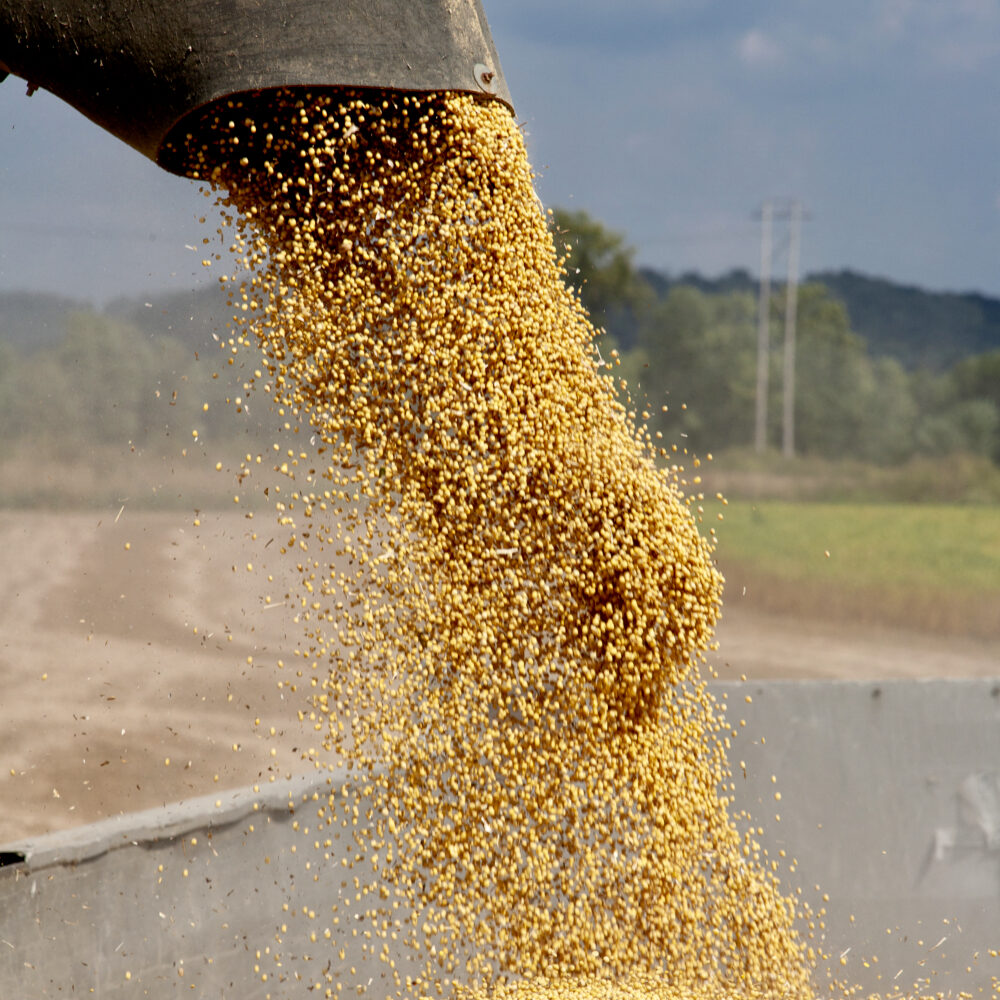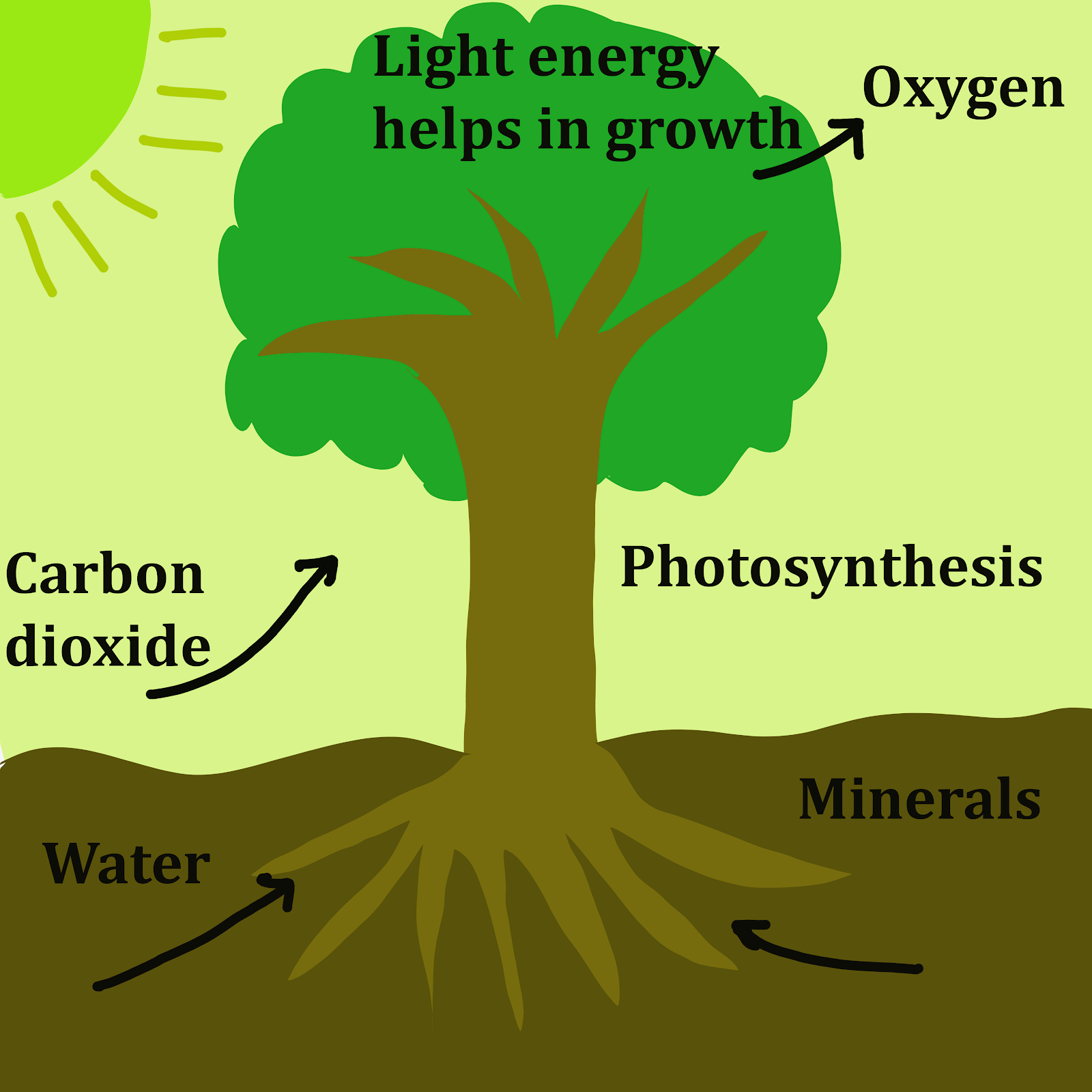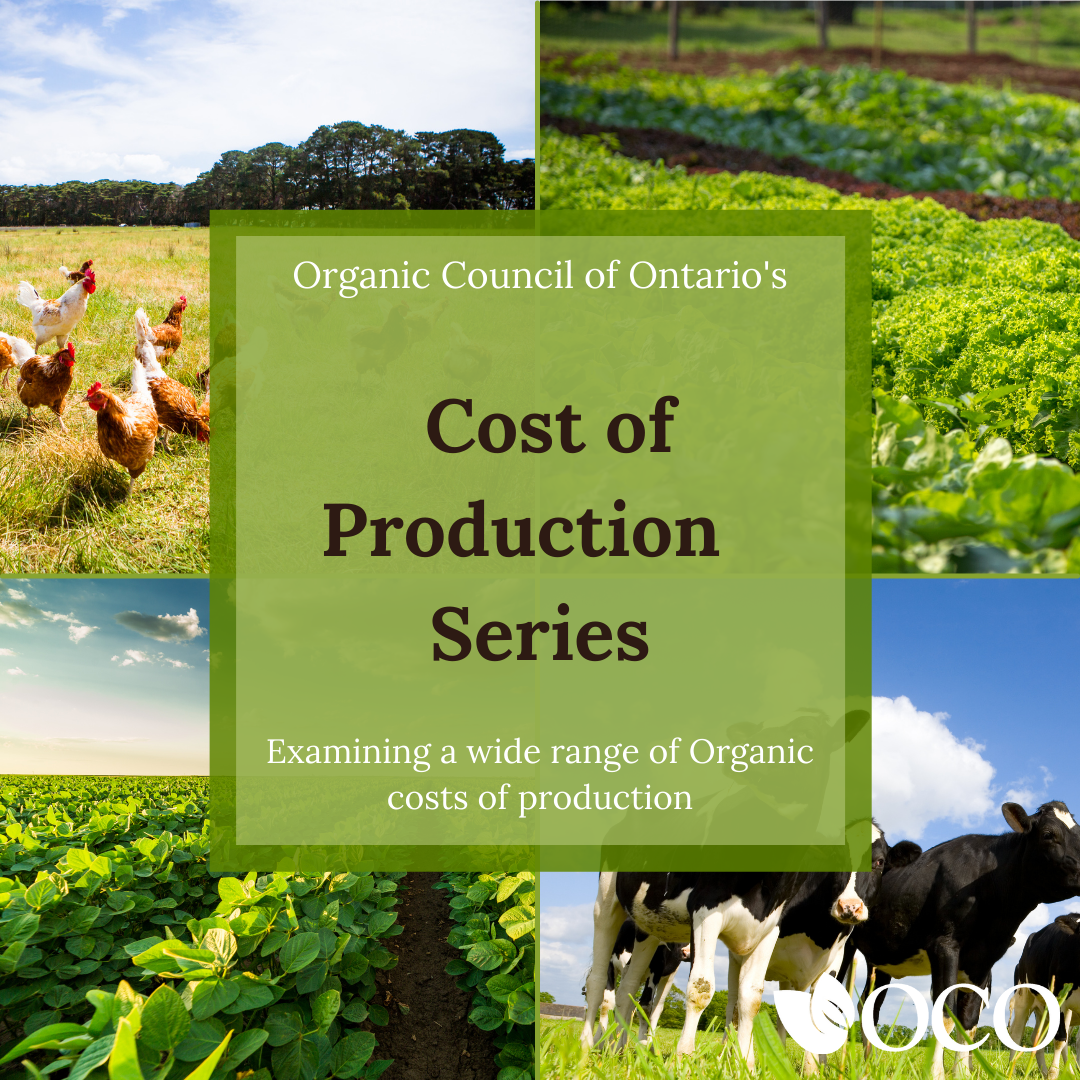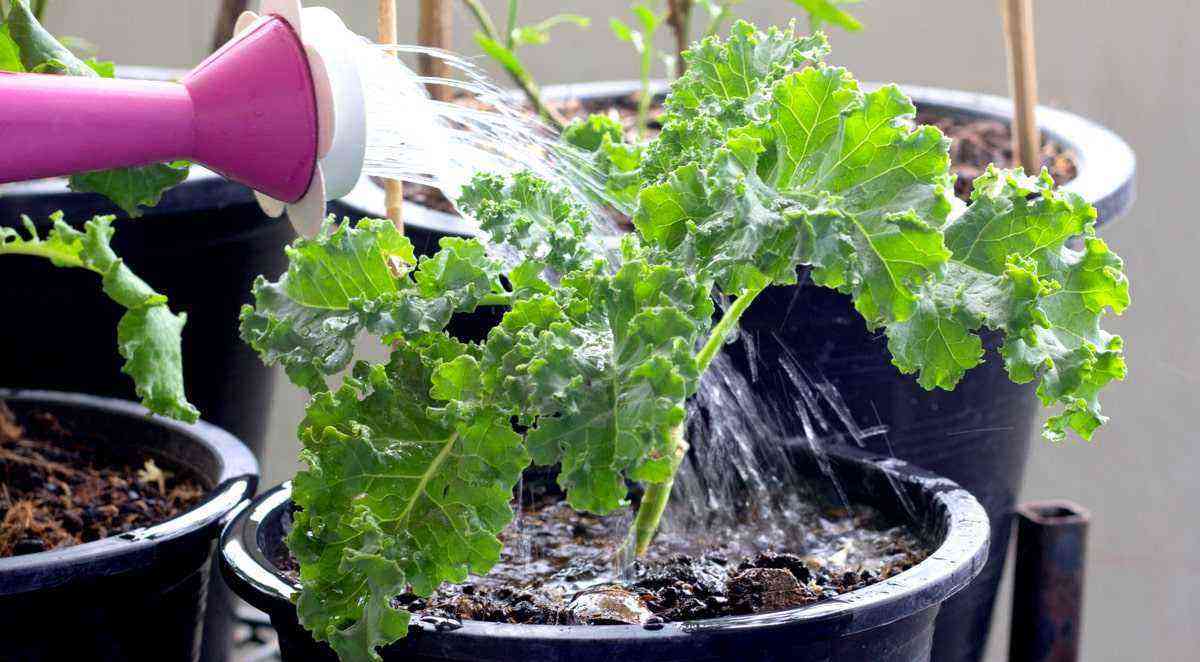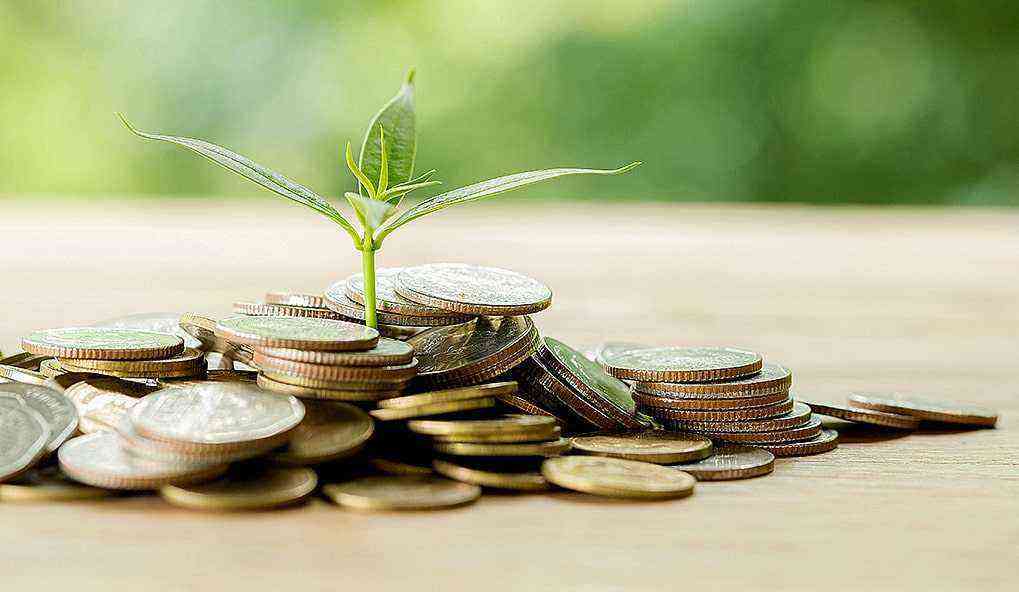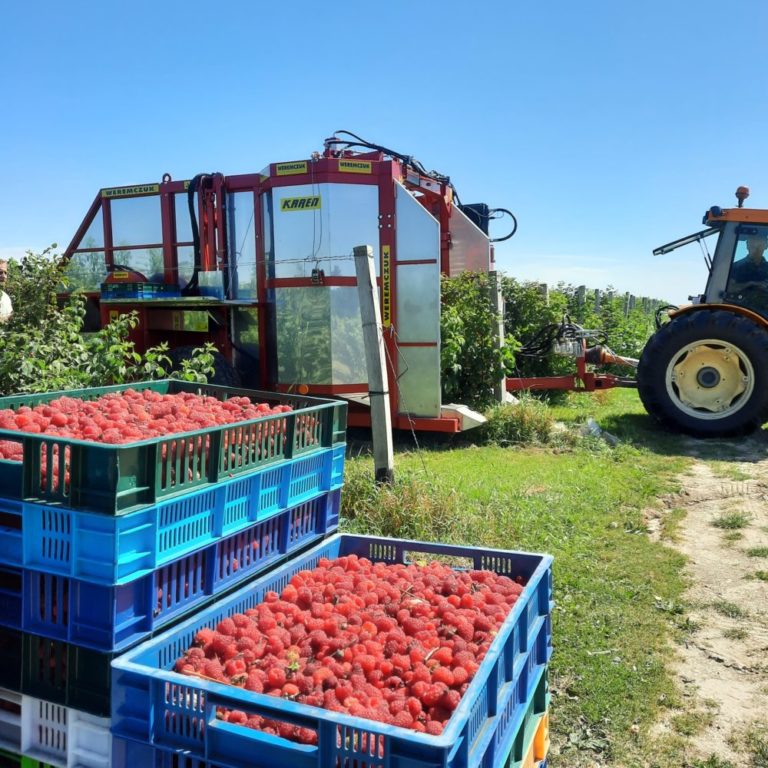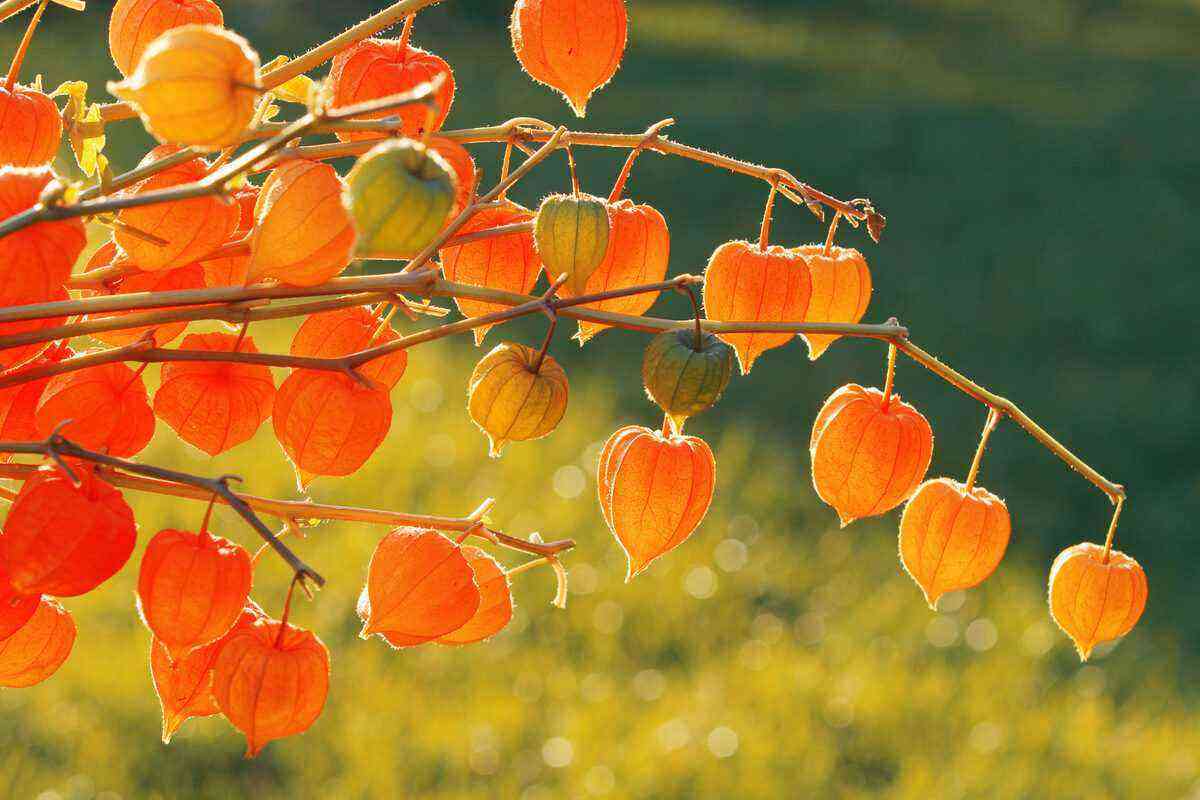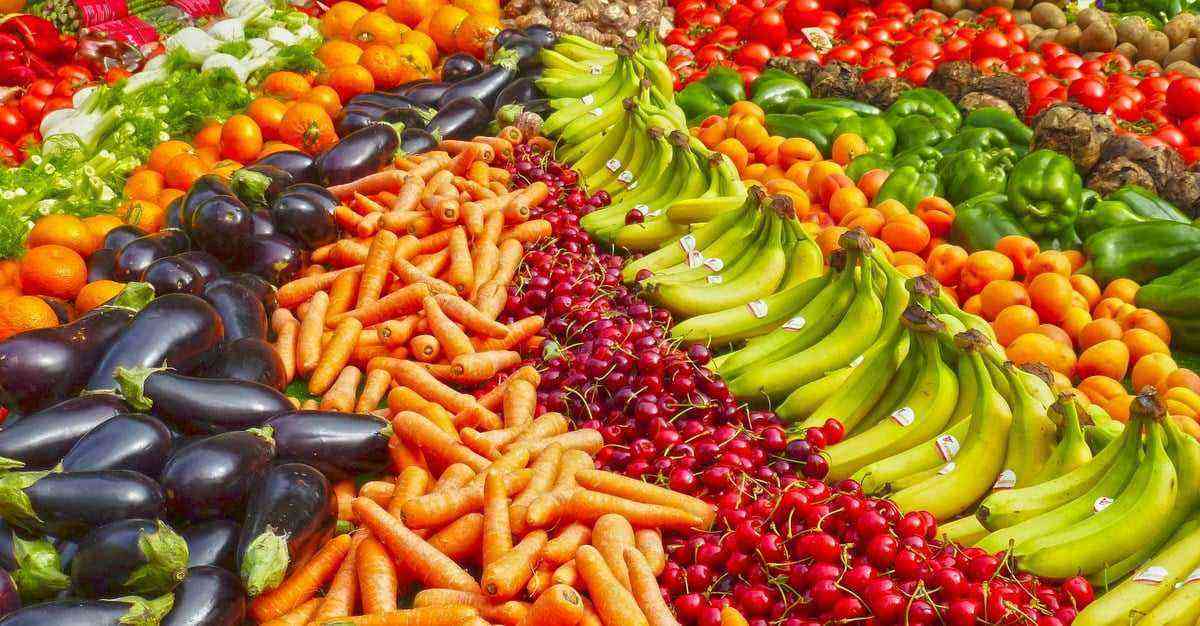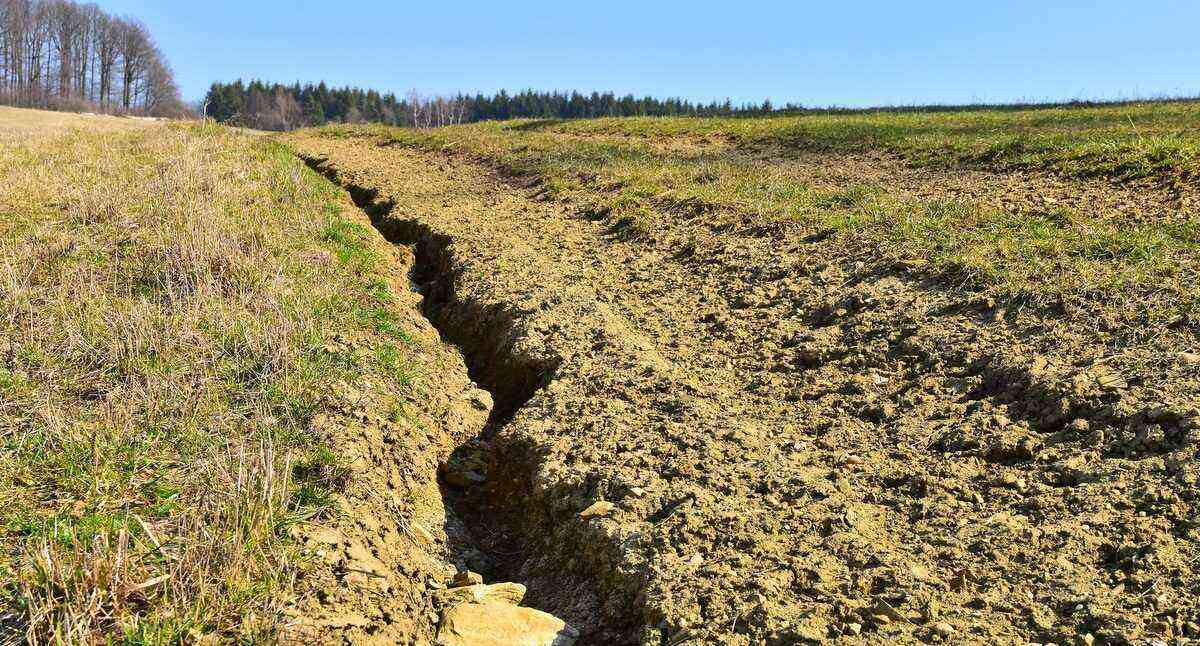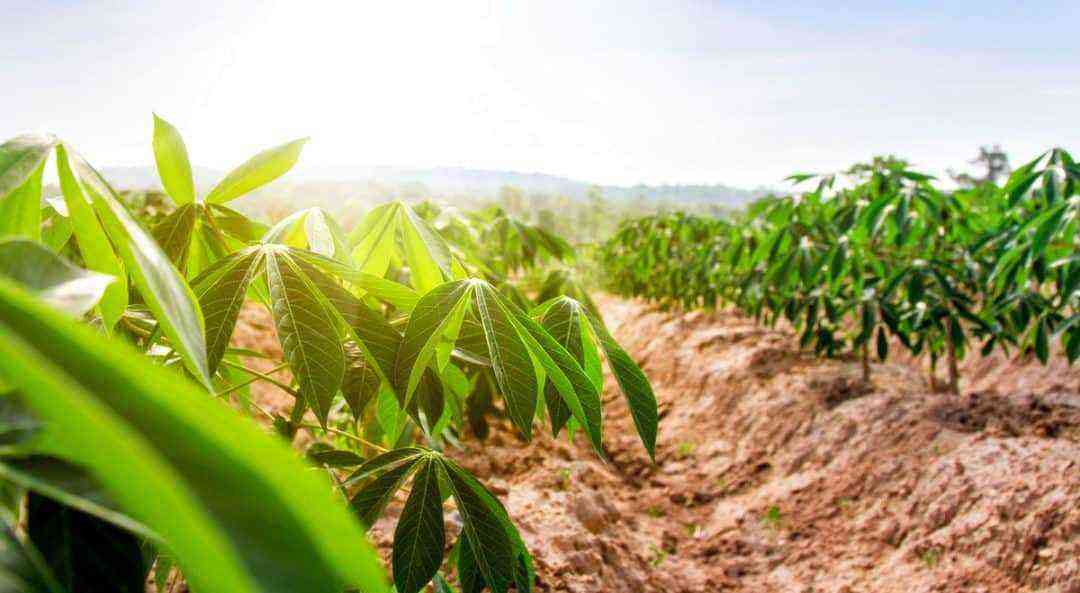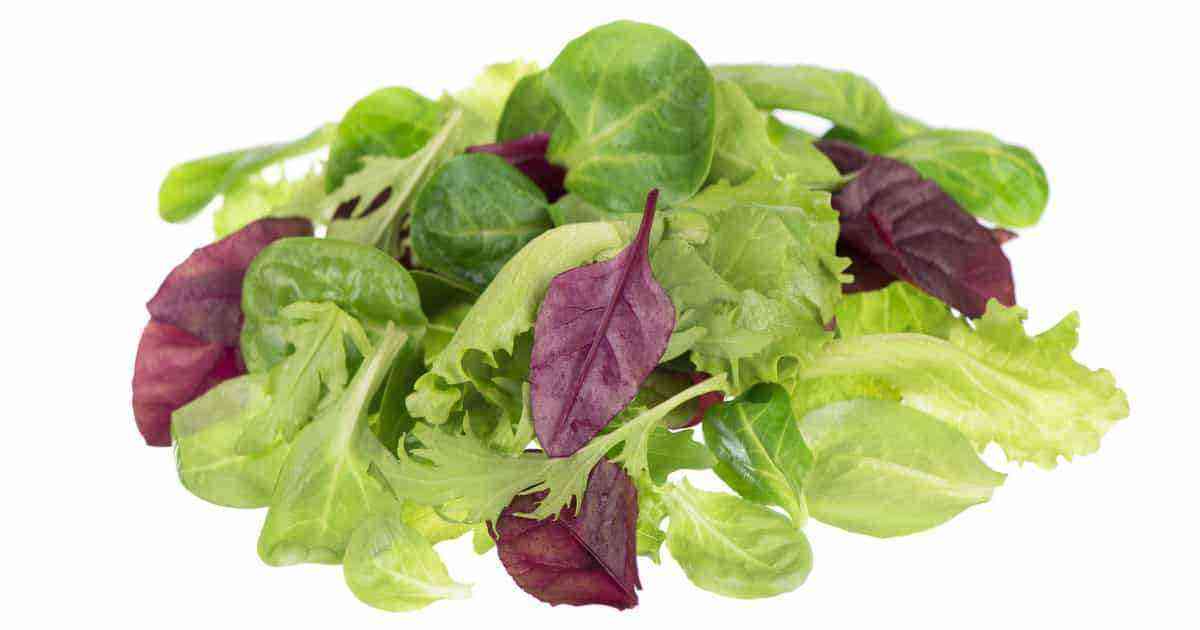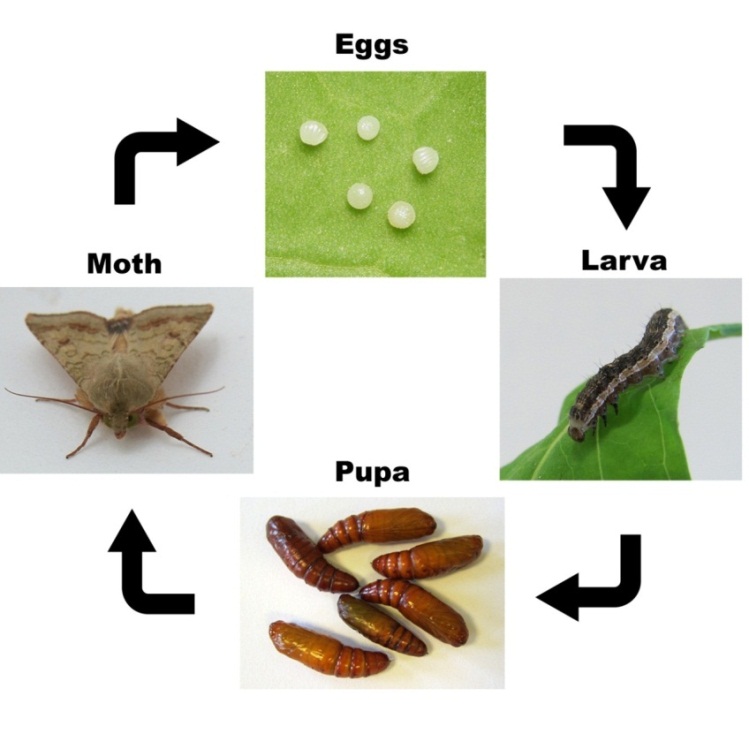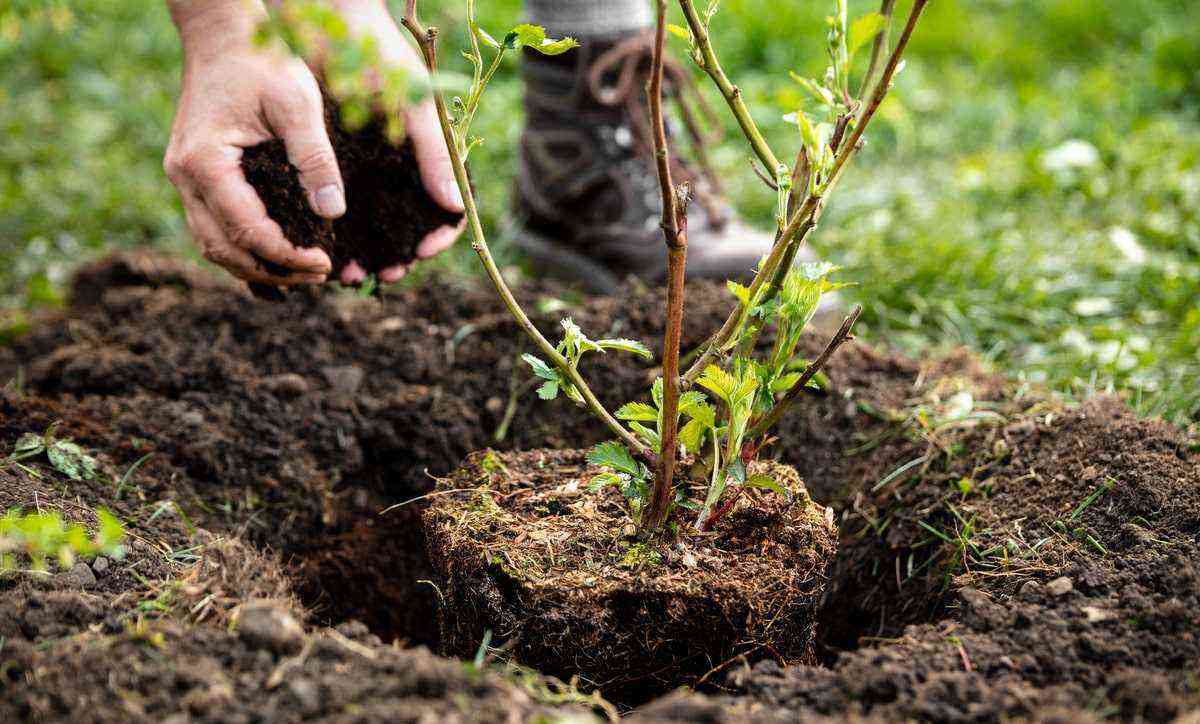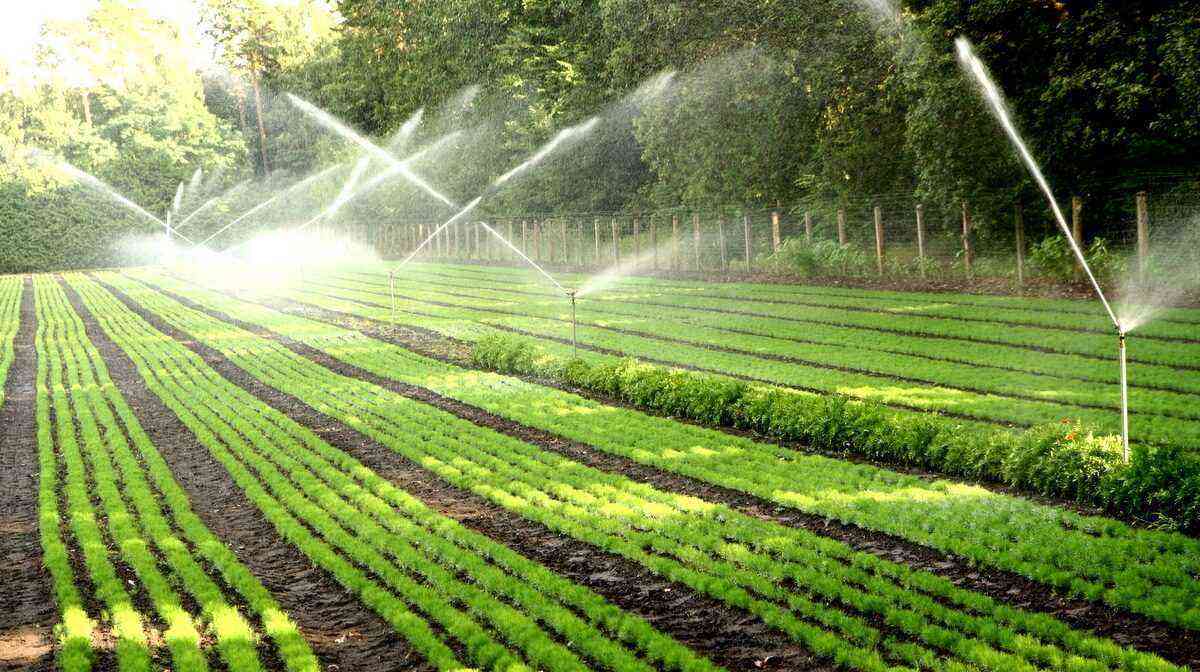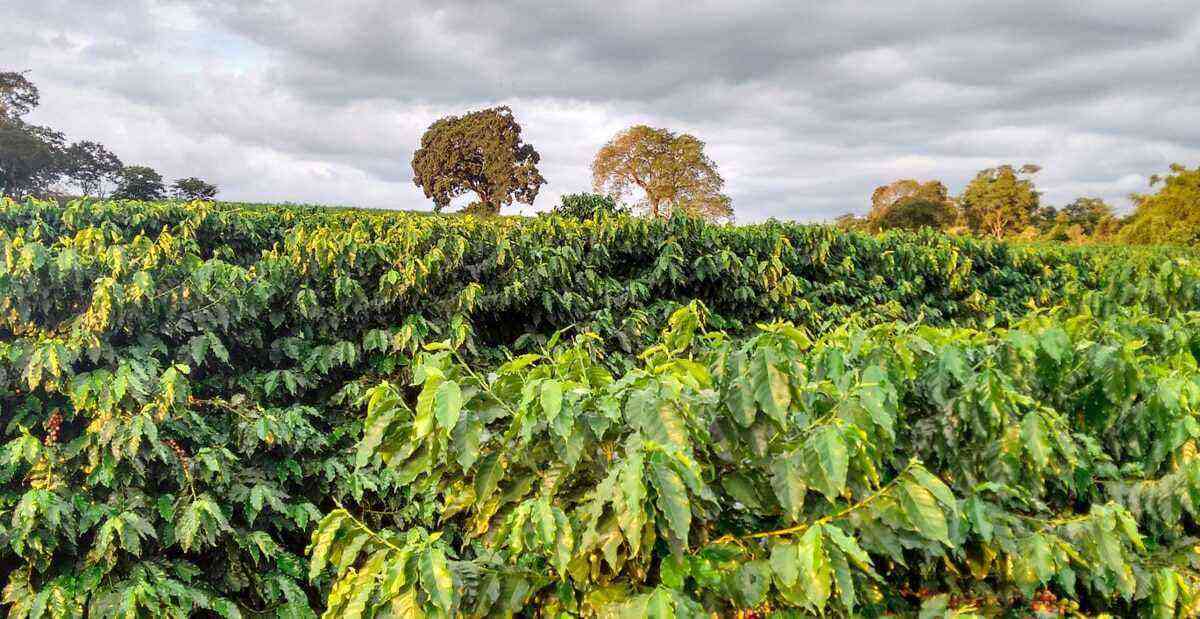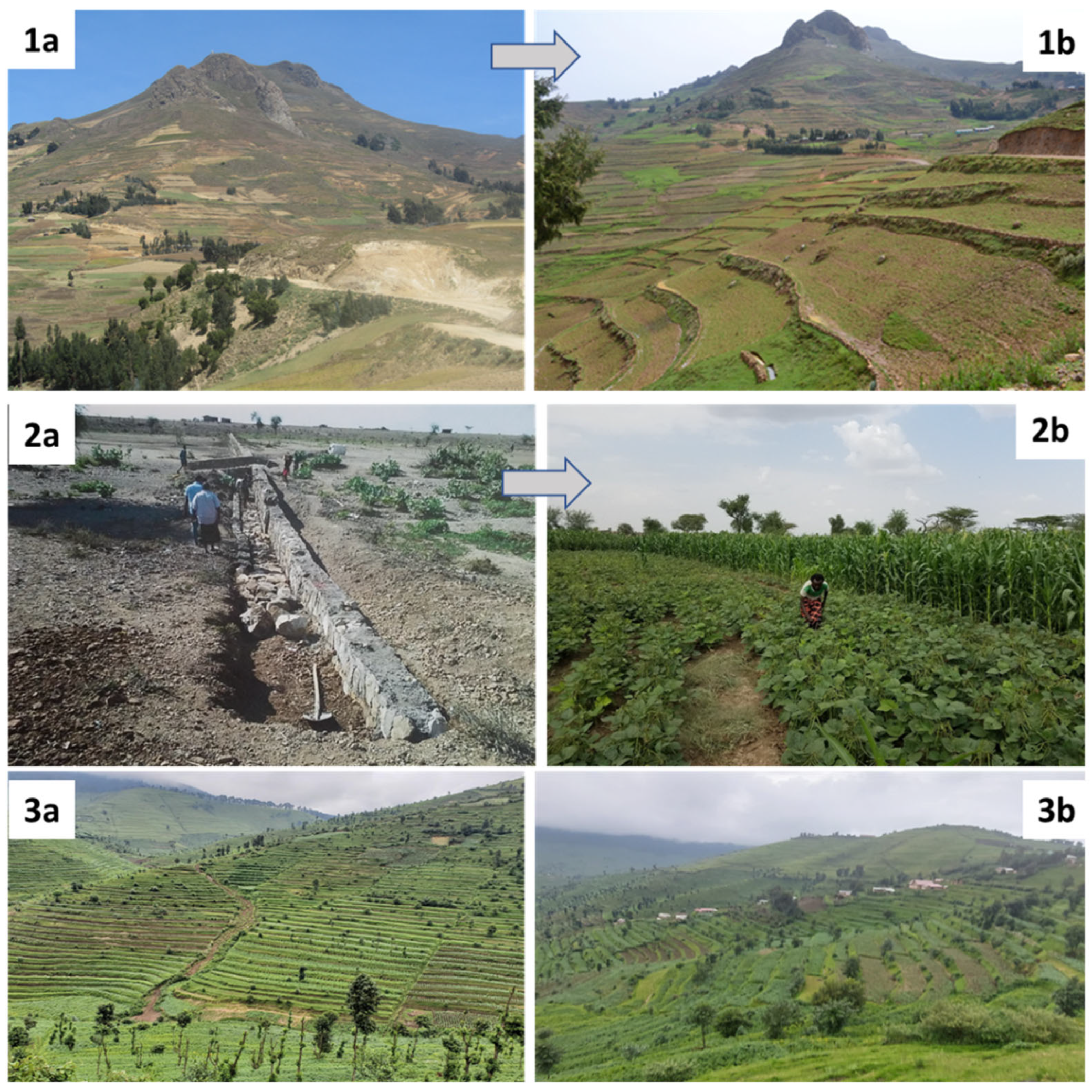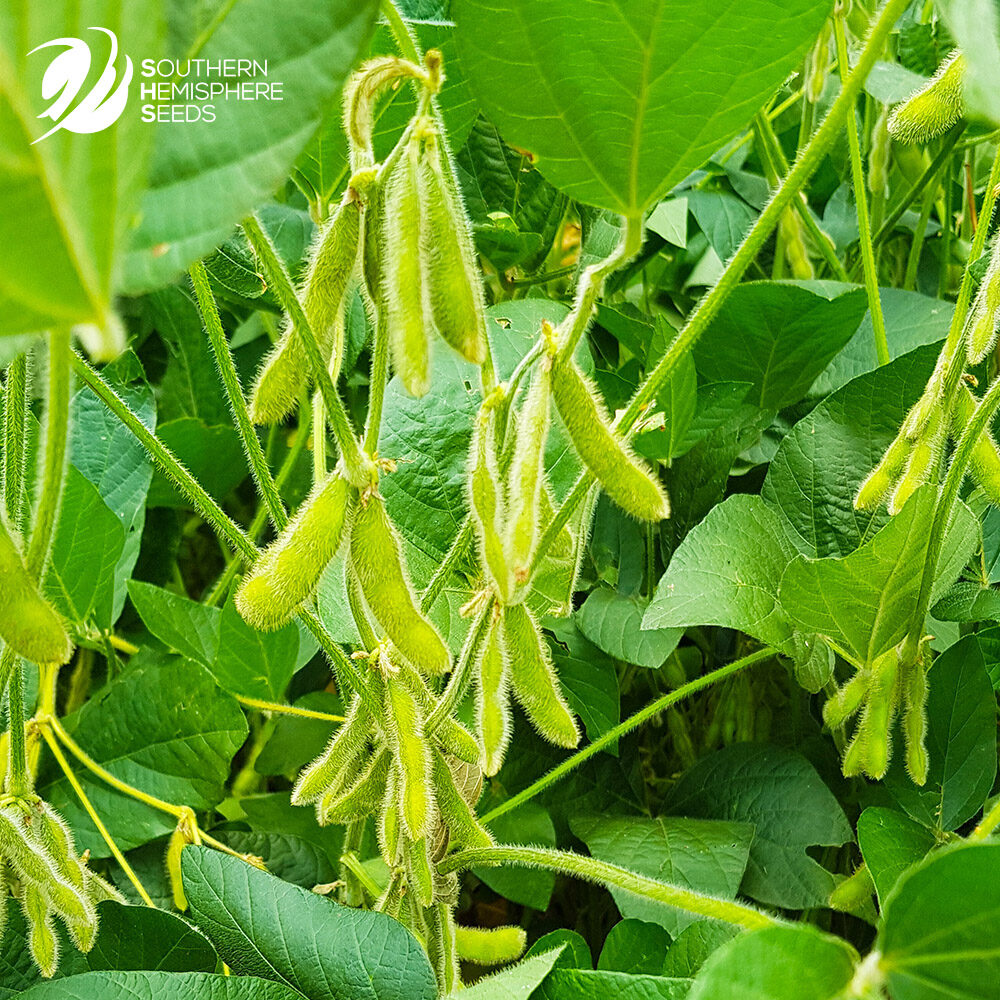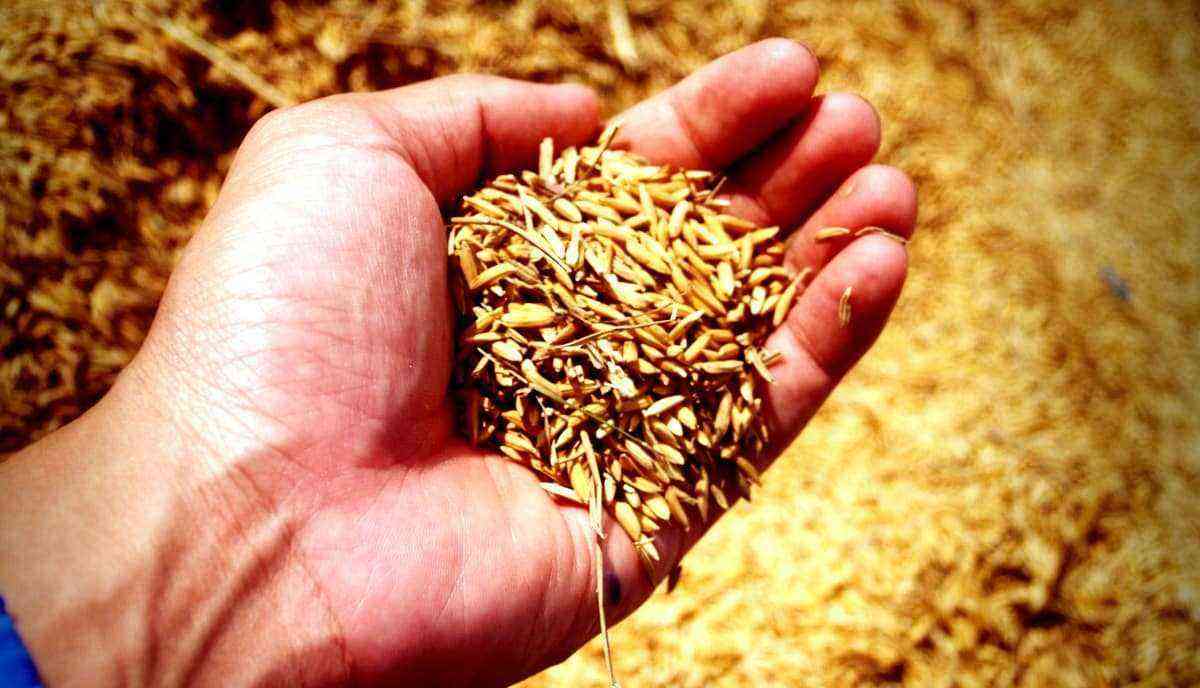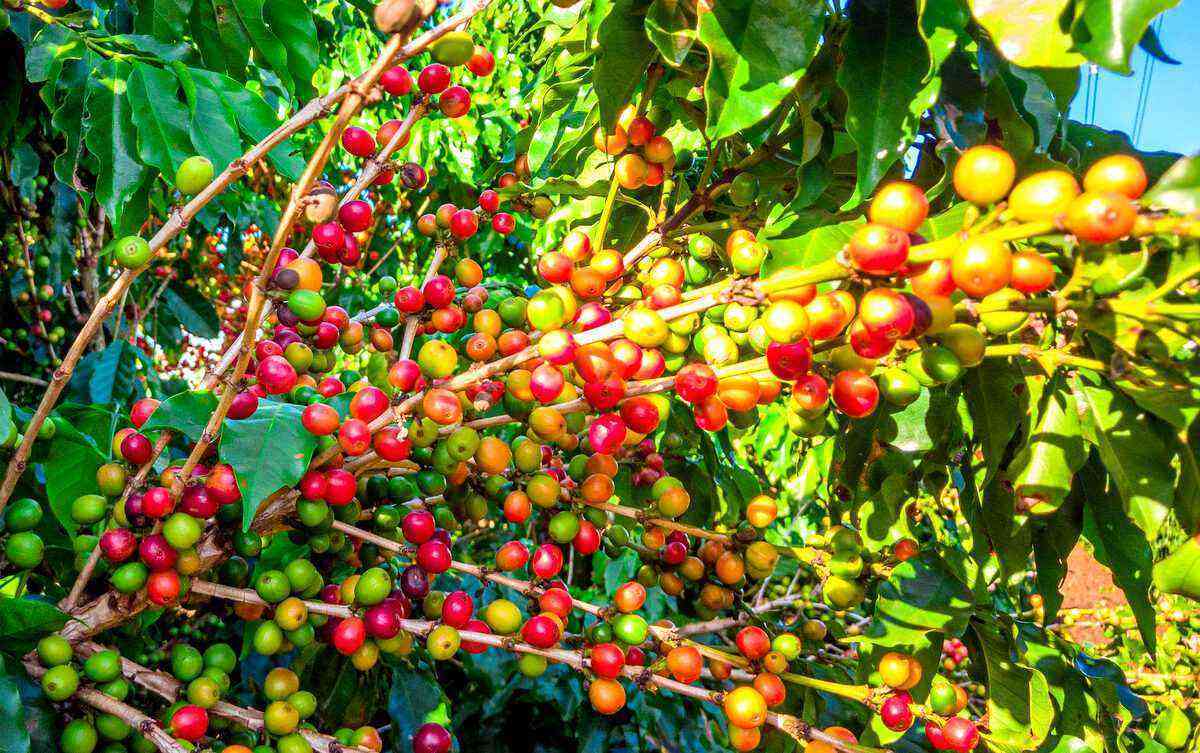In addition to being a natural sweetener, honey has a number of nutritional and therapeutic properties that bring several health benefits such as protecting the heart and lowering high cholesterol. But, do you know how bees make honey?
This is what we are going to show in this article, that is, the most important properties of honey, the steps that bees need to follow for their production and what are their main varieties.
bee honey benefits
Honey is a sweet substance, produced by bees from the nectar of flowers. In human health, it is a natural food that, in addition to having the function of sweetening, helps to take care of the proper functioning of our body and help in the treatment of diseases. Check out the benefits:
- Helps treat respiratory diseases
- It has a healing and protective function on the skin
- Protects the liver by promoting the regeneration of its cells
- Strengthens the immune system
- Has antibacterial and anti-inflammatory action
- Helps with circulation and muscle problems
- It facilitates the digestion of food, regulates the intestine and activates the appetite
- Assists in the treatment of heart disease
As we said above, honey also helps to heal and prevent infections in wounds or superficial burns, through the use of its wax, which is formed by mixing pollen with nectar or pollen and honey.
Honey has a number of benefits with its nutritional and therapeutic properties.
Honey is used in the cosmetics industry in the composition of facial cleansing creams and masks due to its astringent and softening qualities.
honey production
But, after all: how do bees make honey? To get to this much appreciated product, everything starts with a battalion of worker bees that have the exclusive function of carrying out the collection of pollen extracted from the flowers, through a mouthparts and specialized paws.
These insects have glands on their heads that secrete two enzymes: invert e glucose oxidase. When they suck the nectar collected from flowers, a reaction of these substances occurs:
- Invertase converts sucrose (a type of sugar contained in nectar) into glucose and fructose.
- Glucose oxidase turns a small amount of glucose into gluconic acid, which makes honey acidic, protecting it from bacteria that would cause it to ferment.
By flapping their wings to dry up the water (which is present in large amounts in the nectar) the bees dehydrate the honey, killing other microorganisms.
Arrival of the bees to the hive
When worker bees arrive at the hive with royal jelly brought in their “honey bag” (a kind of “tank” that can hold up to 70 milligrams), the product is passed on to the younger bees, responsible for processing this nectar for about XNUMX milligrams. half an hour.
During this step, the enzymes will break down the sugars in the nectar to be more easily digested by the bees and prevent the attack of bacteria when it is stored inside the hive.
Then, the bees spread the nectar along the honeycombs, where the water evaporates and the mixture slowly turns into a thick syrup rich in carbohydrates, sugar, vitamins and minerals. It is honey in its final stage.
Worker bees collect pollen extracted from flowers to produce honey
honey varieties
Now that you know how bees make honey, did you know that the varieties of this product depend on the nectar of flowers?
Honey can be produced from the nectar of a single type of flower (as is the case with orange honey, which have a high market price, made with the nectar of orange blossoms) as well as being the result of mixing the nectar of different wild flowers, the so-called “mel silvestre“.
Orange honey, for example, produced mainly in the Southeast region (states of Minas Gerais and São Paulo), can be a good ally for those who have difficulty sleeping, as it helps fight insomnia, in addition to improving bowel function.
how to extract honey
To reach our homes, the last stage of honey production begins, that is, human intervention. This occurs in two ways: the most primitive, that is, destroying the hive to gain access to the rich product; or capturing swarms and installing them in “artificial hives”, an activity known as beekeeping.
The beekeeper is responsible for extracting the honey without damaging the hive.
With the development and improvement of management techniques, beekeepers are able to “tame” the bees and increase the production of honey and extract it without damaging the hive.
Nature thanks you!
In addition to providing us with this rich food, bees play an important role in plant reproduction, performing the pollination.
When they visit the flowers, the pollen sticks to their hairs and when they land new flowers it ends up falling at the entrance of the gynoecium (female reproductive organ of the flower) and finds the ovule, promoting fertilization.
Without the participation of bees, many plant species would simply not exist.
Did you like the article on how bees make honey and some of its benefits? At MF Rural you will find the best agribusiness products.
